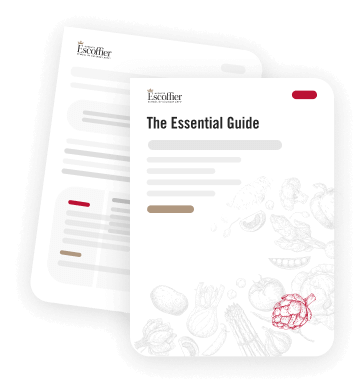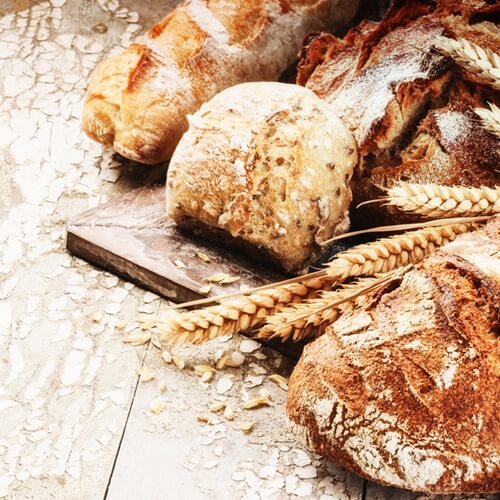6 Tips For Perfect Bread

Bread is one of the oldest foods known to man, and every cuisine and culture seems to have its own form of it. However, many people – including people enrolled in pastry courses online – are intimidated by the thought of making their own bread. While its true that a lot can go wrong, and the perfect loaf tends to be made by trial and error, here are some tips to help you bake the best bread possible.
Tip #1: Make sure you have the right equipment
Baking bread is an art. However, your measurements still need to be precise. Use dry measuring cups for your dry ingredients and liquid measuring cups for your liquid ones. Make sure you have a large glass bowl, a wooden spoon and a wire cooling rack. Don’t use metal equipment, since it can react with the dough. A kitchen scale will also come in handy.
Tip #2: Use the right salt
While table salt and kosher salt may seem interchangeable for your cooking, they aren’t in the baking world. Different types of bread call for different types of salt, so be sure that you’re using what the recipe requires. The size and weight of the salt can affect how your bread turns out, so you want to be as precise as possible.
Tip #3: Give yourself adequate space
Making bread requires a lot of space. Don’t try to confine yourself to a counter top, or a table that’s covered with stuff. Clear off your working space before you start because it’ll be a lot harder to make room when your hands are covered in flour.
Tip #4: Knead the dough correctly
You have to knead your dough on a floured surface so it doesn’t stick to the table, but don’t use too much flour. An excessive amount of flour can prevent your bread from rising correctly. Use a light dusting or spray some olive oil on your table instead. Make sure your hands are clean and dry and follow these simple steps.
- Push the dough away from you with the heels of your hands.
- Fold the edge farthest from you towards you.
- Give the dough a quarter turn.
- Repeat until the dough is smooth.
- Tear off a small piece of dough. If it stretches rather than breaks off, you’ve kneaded enough.
If you find that you over-knead your dough – if it feels taut – cover it with a towel, untouched for ten minutes before trying to form it.
Tip #5: Bake it long enough – but not too long!
You don’t want to go through all it takes to make a loaf of bread and mess up on the baking part. A perfectly baked loaf will be about 190 degrees, smell nutty and feel hollow if tapped on the counter. If you’re making unenriched bread, you’ll want to let it brown a little bit longer than you would an enriched loaf.
Tip #6: Store your bread in the freezer
Baking bread is hard work, and fresh bread gets stale quickly. To avoid having to throw away the fruits – or grains, more accurately – of your labor, slice it as soon as it cools and store it in the freezer. You can toast it directly from the freezer and thaw it in the fridge.


